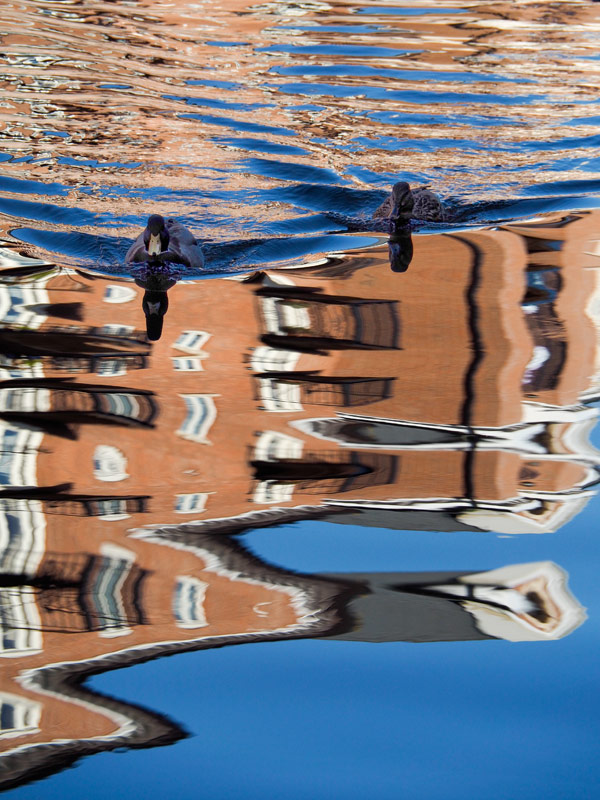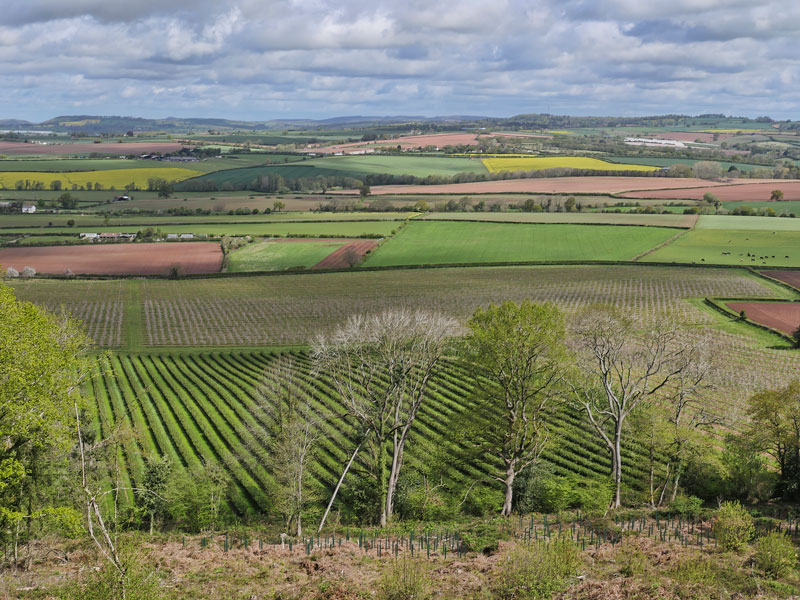The colours of the wood pigeon (Columba palumbus) have a soft, subtle character that are overlooked by many. Why so? Well, it's largely because the wood pigeon is often seen as a too numerous, messy bully, a pest in field and garden that monopolises the food that ornithologically-inclined householders put out to attract a wider variety of species. The wood pigeon population is estimated to number 5.2 million in summer. Farmers complain about its impact on field crops and use ever more fanciful and intrusive bird-scarers to chase them away. In gardens the bird appears to barge to the front to gobble up any offered food, and leaves large droppings wherever it goes. All of which makes people see the species' negatives rather than the delicate plumage that makes it stand apart from the drab and the dazzling birds that we see about us.
photo © T. Boughen Camera: Nikon P900


















